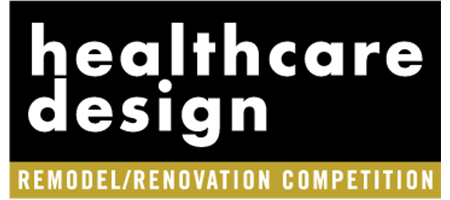


Project category: Project in progress (July 2012)
Chief administrator: Haixiao Chen, President, 86-576-2421047
Firm: HKS, Inc., (214) 969-5599
Design team: Ron Dennis, AIA, ACHA, Principal Architect; Shannon Kraus, AIA, LEED AP, Senior Designer; Alex Wang, AIA, LEED AP, Project Architect; Alex Ling, Designer; Shelly Locke, Planner/Designer; Tom Stevens, Planner/Designer
Illustration: Hangzhou Tianlang Digital Imaging
Total building area (sq. ft.): 1,615,000
Construction cost/sq. ft.: Not released
Total construction cost (excluding land): Not released

Located in a developing part of China, this new greenfield tertiary hospital has been designed with emphasis on state-of-the-art care, responding to the needs of a growing community while protecting the region’s limited resources through sustainable design.
Unity through architecture is both literal and expressive. The sweeping curve is more than just an artistic gesture; it captures the tradition of Chinese symbolism as it seeks to unify the campus. As a strong organizational element, it is used as the basis of the three guiding principles for the design: Healing Environments, through use of multilevel healing gardens, natural light, and ventilation; Connectivity, using the medical mall to organize access to the hospital, clinics, hotel, housing, and infection-control building; and Sustainability, using radiant-beam cooling, natural ventilation, green roofs, and double-skin ventilation, among other things.
Clinically, the design organizes inpatient and outpatient zones in a unique way, providing clarity in wayfinding. All outpatient functions are to the west of the medical mall, and all inpatient areas are to the north. Design features also include infection control, universal design, and patient safety.
Simple yet elegant, this concept unifies the campus, creating an integrated healing environment that delivers the best in healthcare. Functionally sound, adaptable, and responsive to patient and family needs, the result is a design that consolidates all inpatient functions into one seamless and deceptively simple building, while also establishing a new identity and main entrance to the campus.











